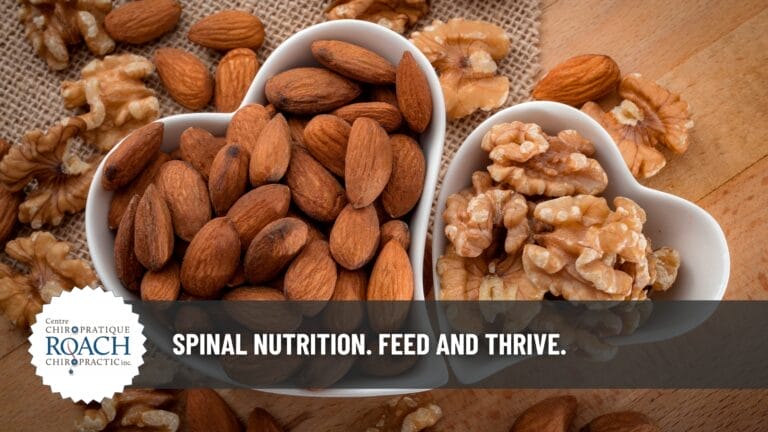Cause, Symptoms and Solutions for Parkinson’s Disease

Parkinson’s disease (PD) is a progressive neurological disorder that affects movement, balance, and coordination. It results from the loss of dopamine-producing cells in the brain, leading to tremors, muscle stiffness, and difficulty with mobility. While there is no cure for Parkinson’s, chiropractic care offers a non-invasive, drug-free approach to managing symptoms and improving musculoskeletal health. This blog post explores the causes, symptoms, chiropractic solutions, best practices, exercises, and the importance of ongoing care.
Understanding Parkinson’s Disease
PD primarily affects the substantia nigra, a region of the brain responsible for producing dopamine, a neurotransmitter essential for smooth muscle movement. As dopamine levels decline, individuals experience motor and non-motor symptoms that progressively worsen over time.
Canadian and Worldwide Statistics
- Approximately 84,000 Canadians aged 40 and older were living with Parkinsonism in 2013–2014.
- Globally, Parkinson’s disease affects nearly 10 million people, with prevalence expected to rise due to aging populations.
- Men are 1.5 times more likely to develop Parkinson’s than women.
Identifying Symptoms of Parkinson’s Disease
PD symptoms vary in severity but commonly include:
- Tremors in the hands, arms, or legs.
- Muscle stiffness leading to reduced mobility.
- Slowed movement (bradykinesia) affecting coordination.
- Postural instability, increasing the risk of falls.
- Non-motor symptoms such as sleep disturbances, cognitive impairment, and mood disorders.
Step-by-Step Guide to Managing Parkinson’s with Chiropractic Care
1. Chiropractic Adjustments
Chiropractic care focuses on spinal alignment and nervous system function, helping to reduce inflammation and improve mobility. Adjustments may relieve muscle tension, joint stiffness, and nerve pressure.
2. Soft Tissue Therapy
Massage and soft tissue techniques help reduce muscle rigidity and improve circulation, promoting relaxation and pain relief.
3. Stretching & Strengthening Exercises
Regular exercises help maintain flexibility and reduce stiffness. Chiropractors often recommend:
- Gentle spinal stretches to improve mobility.
- Balance exercises to enhance stability.
- Breathing exercises to improve lung capacity.
4. Lifestyle Adjustments
- Maintain proper posture to reduce strain.
- Engage in low-impact activities such as swimming or yoga.
- Follow a nutrient-rich diet to support brain health.
Chiropractic Quote
“Chiropractic care aims to relieve nerve pressure and restore normal function, allowing messages to be passed from the central nervous system to the body more freely.” – Dr. Christina Schoer
Short and Long-Term Benefits of Chiropractic Care
Short-Term Benefits:
- Immediate pain relief and reduced muscle tension.
- Improved mobility and flexibility.
Long-Term Benefits:
- Prevention of chronic musculoskeletal issues.
- Enhanced nervous system function and overall well-being.
Best Practices & Routines for Parkinson’s Management
- Daily stretching to maintain flexibility.
- Regular chiropractic visits to prevent misalignment.
- Hydration and nutrition to support nerve health.
Trusted Resources for More Information
The Importance of Ongoing Chiropractic Care
Consistent chiropractic care helps maintain spinal alignment, reducing the likelihood of Parkinson’s-related musculoskeletal issues. By addressing nerve interference and muscle tension, chiropractic adjustments provide long-term relief and improve overall mobility.
While Parkinson’s disease presents unique challenges, chiropractic care offers an effective, non-invasive solution to manage symptoms and improve quality of life. If you’re living with Parkinson’s and seeking relief, consider scheduling an appointment with Roach Chiropractic to explore personalized treatment options. Contact us today to start your journey toward better mobility and wellness!
SHARE THIS






